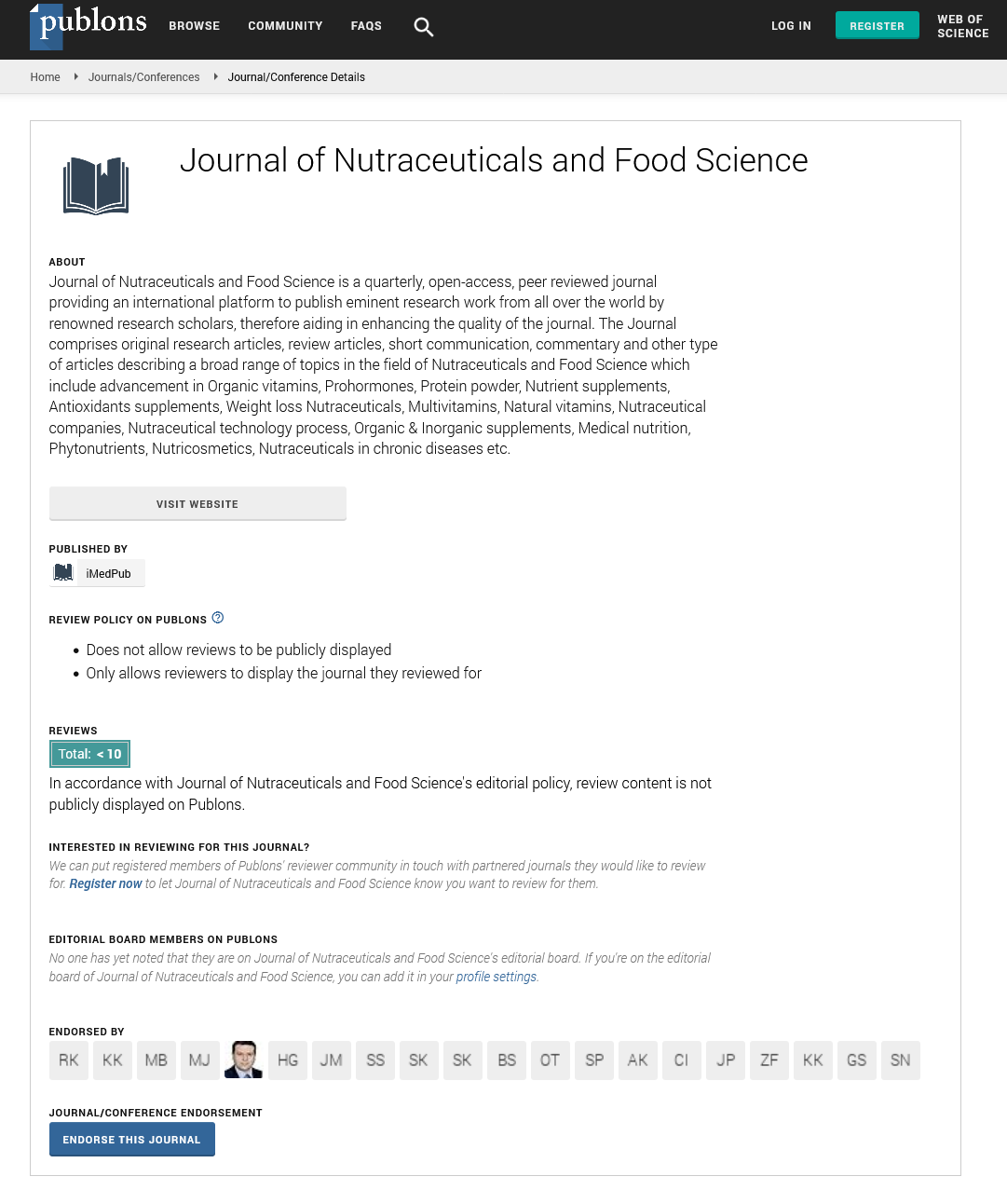Abstract
Determination of Proximate Composition, Heavy metals, Cyanotoxins and Zoonotic Pathogens of Algae Biomass to Access Nutritional Value and Safety as a Feed Supplement.
California is the leading state in milk production in the USA, with over 1,500 dairies and 1.8 million cows producing more than 21 million tons of milk per year. However, in the past 12 years dairy farms have decreased from 2,100 dairies in 2003 to just over 1,500 farms today. The two major causes of the decrease of dairy farms is the significant cost of waste removal (Lundquist et al., 2012) and feed. Feed cost accounted for 65% of the total dairy production cost in 2012; which had increased from 63% in 2011 and 56% in 2010. Microalgae have shown great potential as a supplement for animal feed. The main advantages to growing microalgae, in contrast to land plants, is the extremely fast growth rate, yielding anywhere from 7 to 13 times greater biomass than corn in a smaller land area while removing eutrophying nutrients. Here we report on the proximate biochemical composition of algal consortium grown using primary manure effluents in outdoor high rate algae ponds. Total proteins and soluble amino acids, total lips and fatty acid profiles along with carbohydrates and nucleic acids were determined and suggest a nutritious feed supplement, especially ofr lactating cows. For comparison, axenic seasonally dominant algal isolates were grown under simulated pond conditions in bioreactors. In addition, heavy metal content and cyanotoxins were monitored using ICP- MS and ELISA and multi-plex PCR using primers for the 4 most common cyanotoxuns, repectively. Zoonotic pathogens of the algae biomass seasonally harvested from high-rate ponds were monitored. Shiga toxin-producing E. coli O157 (STEC O157) screening was conducted using multiplex qPCR and digital droplet PCR (ddPCR) targeting stx1, stx2, eae, and rfbO157 genes associated with STEC O157. Representative seasonal samples (n=12) tested negative for Salmonella spp. and Listeria monocytogenes. No samples positive for genes suggesting the pathogen dies out in ponds.
Author(s):
Marcia Murry
Abstract | Full-Text | PDF
Share this

Google scholar citation report
Citations : 393
Journal of Nutraceuticals and Food Science received 393 citations as per google scholar report
Journal of Nutraceuticals and Food Science peer review process verified at publons
Abstracted/Indexed in
- Google Scholar
- Publons
- Secret Search Engine Labs
Open Access Journals
- Aquaculture & Veterinary Science
- Chemistry & Chemical Sciences
- Clinical Sciences
- Engineering
- General Science
- Genetics & Molecular Biology
- Health Care & Nursing
- Immunology & Microbiology
- Materials Science
- Mathematics & Physics
- Medical Sciences
- Neurology & Psychiatry
- Oncology & Cancer Science
- Pharmaceutical Sciences


